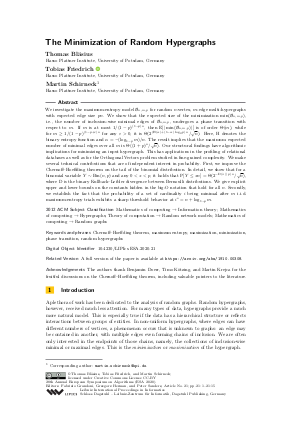LIPIcs.ESA.2020.21.pdf
- Filesize: 0.63 MB
- 15 pages

 Creative Commons Attribution 3.0 Unported license
Creative Commons Attribution 3.0 Unported license











Feedback for Dagstuhl Publishing